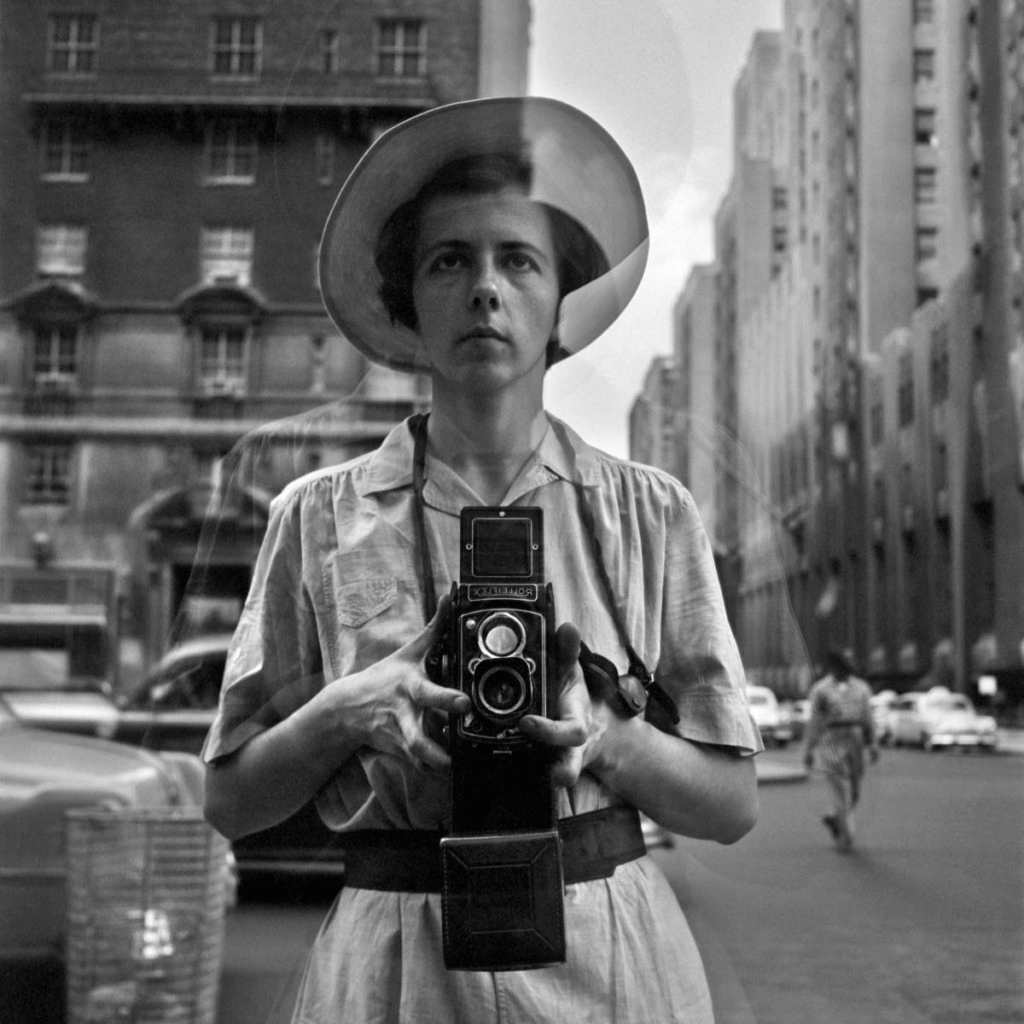Framing Streets Things To Know Before You Buy
An Unbiased View of Framing Streets
Table of ContentsThe 6-Minute Rule for Framing StreetsThe Facts About Framing Streets RevealedFraming Streets for DummiesLittle Known Facts About Framing Streets.The Only Guide for Framing StreetsFraming Streets Can Be Fun For Everyone
, generally with the aim of capturing photos at a definitive or touching minute by cautious framing and timing. http://dugoutmugs01.unblog.fr/2024/01/10/framing-streets-mastering-the-art-of-street-photography/.
Framing Streets for Beginners
Susan Sontag, 1977 Road photography can concentrate on people and their habits in public. In this regard, the street photographer resembles social docudrama professional photographers or photographers that also operate in public areas, but with the objective of recording relevant events. Any of these professional photographers' photos might capture people and building noticeable within or from public places, which commonly requires browsing ethical problems and regulations of privacy, safety, and home.
Representations of day-to-day public life create a category in virtually every duration of world art, beginning in the pre-historic, Sumerian, Egyptian and very early Buddhist art durations. Art managing the life of the street, whether within views of cityscapes, or as the leading concept, appears in the West in the canon of the Northern Renaissance, Baroque, Rococo, of Romanticism, Realistic look, Impressionism and Post-Impressionism.
Framing Streets for Dummies
Louis Daguerre: "Boulevard du Holy place" (1838 or 1839) In 1838 or 1839 the first photo of figures in the road was tape-recorded by Louis-Jacques-Mand Daguerre in among a pair of daguerreotype sights drawn from his workshop window of the Blvd du Holy place in Paris. The second, made at the elevation of the day, shows an uninhabited stretch of street, while the various other was taken at concerning 8:00 am, and as Beaumont Newhall reports, "The Blvd, so frequently full of a relocating throng of pedestrians and carriages was completely solitary, except a person who was having his boots cleaned.
Consequently his boots and legs were well defined, yet he lacks body or head, since these remained in activity." Charles Ngre, waterseller Charles Ngre. https://davidturley33101.wixsite.com/my-site/post/framing-streets-mastering-the-art-of-street-photography was the very first professional photographer to acquire the technological elegance called for to register people in activity on the street in Paris in 1851. Professional Photographer John Thomson, a Scotsman functioning with journalist and social protestor Adolphe Smith, published Street Life in London in twelve regular monthly installations beginning in February 1877
10 Easy Facts About Framing Streets Described
Eugene Atget is considered a progenitor, not due to the fact that he was the initial of his kind, yet as an outcome of the popularisation in the late 1920s of his document of Parisian roads by Berenice Abbott, that was motivated to take on a comparable documents of New york city City. [] As the city created, Atget assisted to advertise Parisian roads as a deserving topic for digital photography.

The Definitive Guide for Framing Streets
The chief Mass-Observationists were anthropologist Tom Harrisson in Bolton and poet Charles Madge in London, and their initial report was created as the book "May the Twelfth: Mass-Observation Day-Surveys 1937 by over two hundred viewers" [] Window cleaner at Kottbusser Tor, Berlin, by Elsa Thiemann c. 1946 The post-war French Humanist Institution photographers found their subjects on the road or in the bistro. Andre Kertesz.'s commonly admired Images la Sauvette (1952) (the English-language version was labelled The Crucial Minute) advertised the concept of taking an image at what he labelled the "crucial minute"; "when kind and web content, vision and structure combined into a transcendent whole" - photography presets.
Rumored Buzz on Framing Streets
, after that an educator of young children, associated with Evans in 193839.'s 1958 book,, was substantial; raw and often out of focus, Frank's images questioned traditional digital photography of the time, "challenged all visite site the formal guidelines laid down by Henri Cartier-Bresson and Pedestrian Evans" and "flew in the face of the wholesome pictorialism and wholehearted photojournalism of American publications like LIFE and Time".